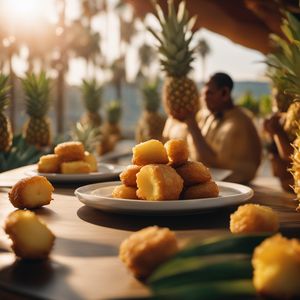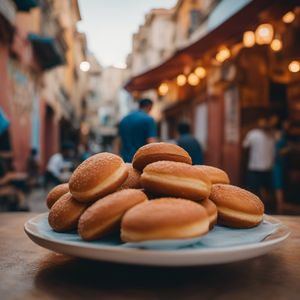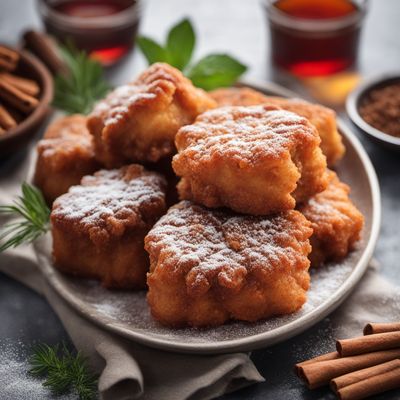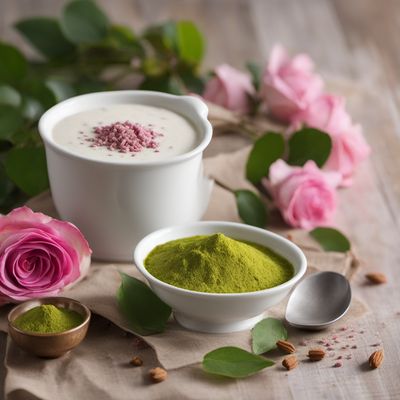
Dish
Pantua
Pantua is made by mixing chhena with flour, sugar, and a pinch of baking powder. The mixture is then formed into small balls and deep-fried until golden brown. Once cooked, the Pantua is soaked in a sugar syrup flavored with cardamom and rose water. The result is a sweet and fragrant dessert that is perfect for any celebration.
Origins and history
Pantua is a traditional Bengali sweet that has been enjoyed for centuries. It is often served during festivals and special occasions, such as weddings and birthdays. Pantua is similar to another Bengali sweet called Gulab Jamun, but it is slightly larger and has a different texture.
Dietary considerations
Pantua is a vegetarian dish, but it is not suitable for vegans or those who are lactose intolerant. It is also high in calories and should be consumed in moderation.
Variations
There are many variations of Pantua, some of which include the addition of saffron or coconut. Some recipes also call for the use of khoya, a type of dried milk, instead of chhena. Pantua can also be served with a variety of toppings, including chopped nuts or dried fruit.
Presentation and garnishing
Pantua is typically served on a plate or platter, garnished with chopped nuts or dried fruit. It can also be served in a bowl with a side of ice cream or whipped cream.
Tips & Tricks
To make Pantua extra soft and fluffy, be sure to mix the chhena and flour together gently. You can also experiment with different flavorings and toppings to create your own unique version of this classic Bengali sweet.
Side-dishes
Pantua is often served on its own as a dessert. It can also be served with a side of ice cream or whipped cream.
Drink pairings
Pantua pairs well with a variety of drinks, including tea, coffee, or a sweet dessert wine. It can also be served with a glass of milk or a fruit juice.
Delicious Pantua recipes
More dishes from this category... Browse all »

Akoumia
Greek cuisine

Ananasbeignets
French cuisine

Apfelradln
Austrian cuisine

Appelbeignet
Dutch cuisine

Bacio di Pantelleria
Italian cuisine

Baked Bananas Gabon
Gabonese cuisine

Bambalouni
Tunisian cuisine

Buñuelos de yuca
Colombian cuisine


